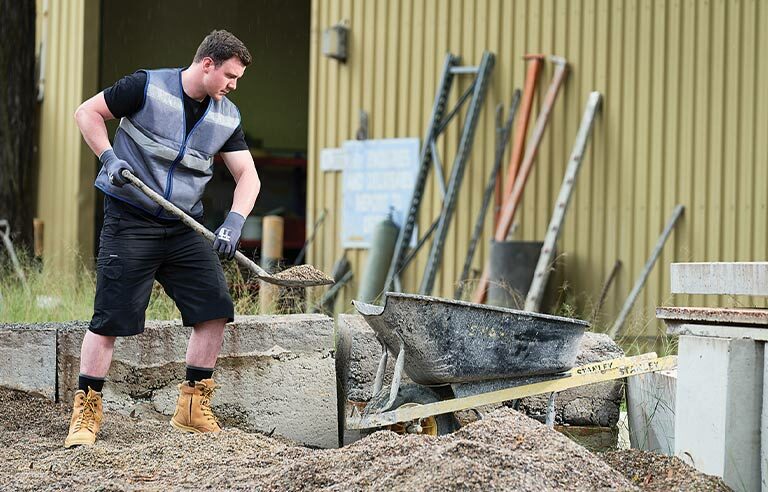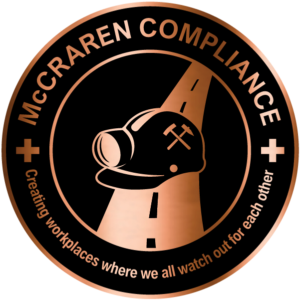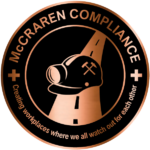What are the benefits of smart fabrics in workwear? How can they enhance day-to-day work?

Photo: Portwest
Responding is Kerry Jones, senior product designer, Portwest, Shepherdsville, KY.
With the rise of discussions about artificial intelligence and robotics, smart fabrics may seem like something out of a Hollywood blockbuster. However, the truth is that many workers, especially those in uniforms and workwear, are already wearing these materials without realizing it.
Smart fabrics, also known as e-textiles or intelligent textiles, are transforming the workwear industry by integrating technology with traditional fabrics, enhancing safety, comfort and performance. These innovations are made possible through advancements in nanotechnology, which allows for the creation of nanofibers – extremely fine, strong fibers with diameters ranging from 1 to 100 nanometers (a nanometer is one-billionth of a meter).
By embedding sensors, electronics and smart particles, these materials can react to environmental stimuli and offer advanced functions such as temperature regulation, moisture-wicking, antibacterial protection and self-cleaning. This enhances the performance of workers in industries such as construction, health care, manufacturing and emergency services.
There are three types of smart fabrics:
Passive smart textiles: These fabrics have built-in properties that don’t change in response to external stimuli. They offer static functionalities, such as ultraviolet protection, moisture-wicking, antibacterial protection and insulation without requiring sensors or power sources. For example, products made from these fabrics can help protect workers from sun exposure and moisture, improving comfort without any active adjustments.
Active smart textiles: These fabrics respond to external stimuli such as temperature, light, pressure or moisture and adjust their properties – typically color, shape or temperature – to improve comfort and functionality. Good examples include thermochromic and photochromic fabrics, which change color in high temperatures or levels of UV light to provide a visual indicator. Phase-change materials can absorb or release heat to offer cooling or warming functionality to aid workers in maintaining comfort in fluctuating temperatures.
Ultra-smart textiles: These fabrics incorporate multiple advanced technologies, AI and wireless connectivity. They can monitor and adjust to the wearer’s movements, health and surroundings, providing greater levels of protection. Workers in hazardous environments, such as construction sites or factories, face risks from extreme temperatures, chemicals and workplace incidents.
Smart fabrics can mitigate these risks with certain features:
Heat and flame resistance: Some smart fabrics can detect temperature changes and adjust to prevent burns.
Chemical protection: Smart textiles can be treated with chemical-resistant coatings to protect workers in labs or industrial settings.
Impact detection: Built-in sensors can detect falls, sudden impacts or prolonged exposure to harmful vibrations, sending real-time alerts to supervisors.
Enhanced communication: Built-in communication systems in smart uniforms improve coordination in noisy or hazardous environments.
Heart rate and stress monitoring: Sensors track heart rate and stress levels, helping workers manage physical exertion.
Respiration tracking: Fabrics can monitor breathing patterns of workers exposed to respiratory hazards.
Posture correction: Smart garments can analyze body posture and provide feedback, reducing the risk of musculoskeletal injuries.
Enhanced safety and protection are the primary benefits of smart fabrics in workwear. Smart fabrics are more than just a technological trend. They’re revolutionizing workwear by offering enhanced safety, comfort, health monitoring and productivity – making jobs safer, more comfortable and more efficient.
McCraren Compliance offers many opportunities in safety training to help circumvent accidents. Please take a moment to visit our calendar of classes to see what we can do to help your safety measures from training to consulting.
Original article published by Safety+Health an NSC publication


